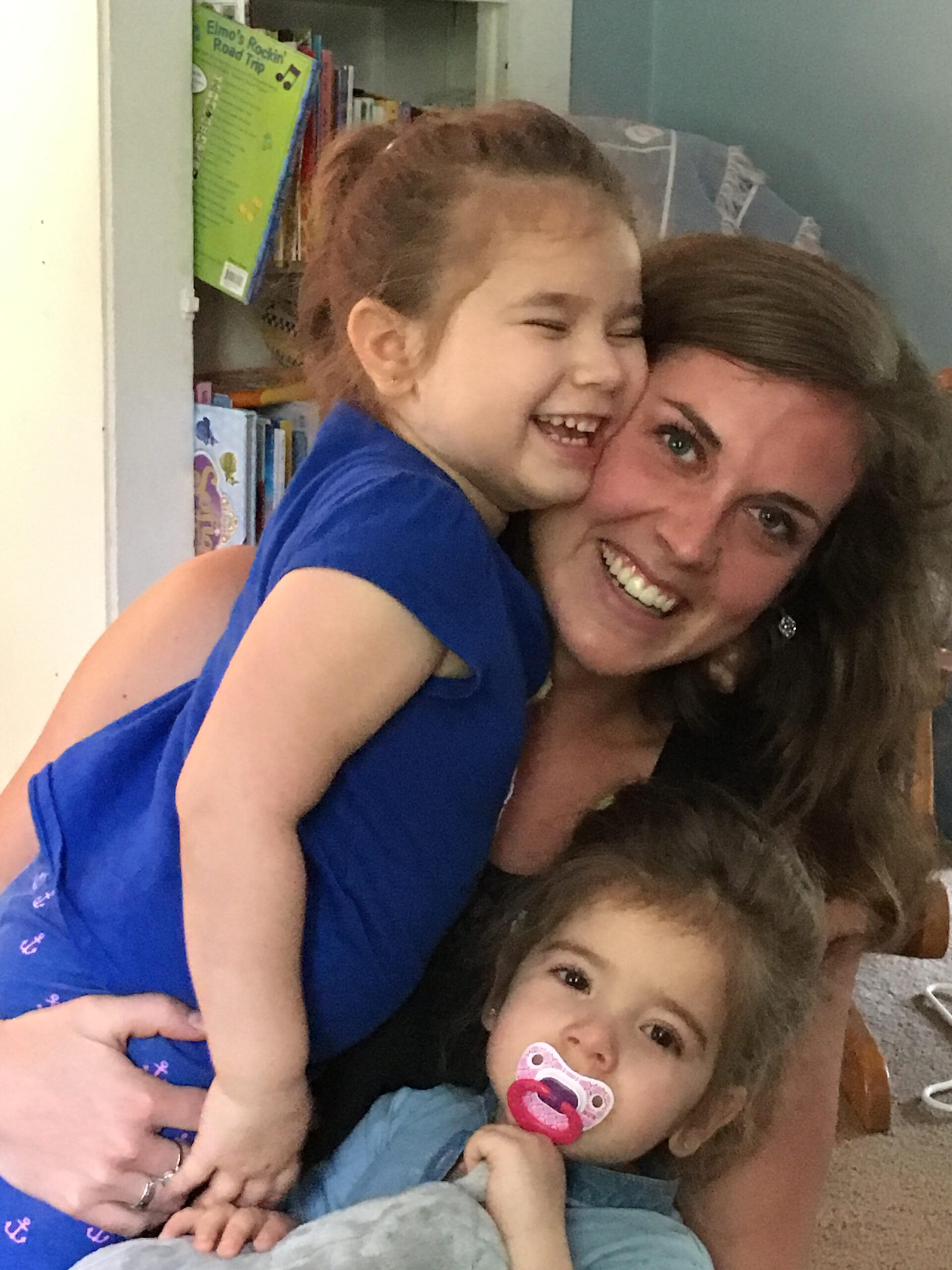 As a provider in pediatric palliative care, I am constantly assessing patients and the family dynamic. I know first-hand how very hard this topic is to talk about but how very valuable and important it is.
As a provider in pediatric palliative care, I am constantly assessing patients and the family dynamic. I know first-hand how very hard this topic is to talk about but how very valuable and important it is.
At Pedi Pals, the community-based palliative care organization where I work, we have the joy of watching medically complex children grow, reach milestones or celebrate birthdays. We get to know these kids and their families in a meaningful way, typically in their homes. Because of this, we are often the ones who first notice the shift in baseline and signs of decline. We are also often the ones to create a space to have these conversations while still helping parents and patients maintain hope and find moments of happiness.
Often a shift in baseline is caused by an acute event, a new symptom or a severe illness that does not allow the body or mind to return to its prior status. Because children are so resilient and brave, most of them learn how to adapt quickly. New devices or supports may be introduced to help the child and family accommodate to the changes. Adjustments may have to be made and expectations may shift, slowly creating a new baseline often with new hopes and goals.
Sometimes this shift can only be seen in hindsight. Looking back, we see a time that we can only now identify as the beginning of a slow decline.
As a provider, these conversations are hard. It is important not to take away hope, but to reassess the family’s goals of care due to the change in status.
Knowledge is power when it comes to caring for medically complex children. I have always believed that we can make these heartbreaking and terrifying situations a little less scary by empowering parents, ahead of time, for what they might see or what might happen; allowing them to make the best decision possible for their unique situation. All parents want what is best for their child. They want what is best for them now, and in the long term. When we as providers take a step back to look at the whole picture of the child’s life, and the child’s decline, we can offer foresight that may help families make more informed decisions which in turn help diminish feelings of regret. During conversations with parents about a shift in their child’s baseline health, I try to use clear evidence-based data to help explain the child’s current status or baseline and follow that with a discussion about where I am worried this shift may lead.
I typically start a conversation with a gentle warning that this is likely to be a hard conversation or topic. I follow that with a request to the parents to ask me to stop if it becomes too overwhelming I find that after a big exhale or a half smile, most parents nod and listen with their whole bodies. Many parents have the same worries or have noticed similar changes that I have, but they have not had the chance to verbalize it. This is part of my role as a palliative care provider; “name it to tame it” which means creating the space to have these conversations in order to help make them a little less scary.
In terms of how I determine whether there has been a shift and what that may mean for care, there is no clear path in following the child’s lead as they decline. There are ups and downs. I try to look at the child’s whole body and see what it is telling us.
- Do they appear uncomfortable during feeds?
- Are they sleeping for more of the day than they are awake?
- Are they comfortable in the times that they are awake?
- Have there been more frequent needs for hospital stays and are the stays getting longer?
Each decision at each point requires enormous amounts of effort and thought. Some interventions may fix a problem for a short time but overall the body remains in a decline. Parents need to have to space to think about interventions and if and when they are or are not what’s best for their child. I often encourage parents to ask their child’s provider what the suggested test or procedure will lead to. I suggest a series of questions:
- What other body systems will this test or procedure affect?
- If we do this test or procedure, does the potential benefit outweigh the potential harm or vice versa?
- Will this intervention lead to other interventions?
- If we find that something is wrong, do we think we can fix it? Can my child handle the intervention required to fix what is wrong?
Asking these questions allows parents and providers to get on the same page and work through what is best for the child and the hopes for the child. If the answers to most of these questions are not the answer we would initially want, then there needs to be a conversation where we look at and possibly redefine the goals of care. The goal is always comfort in my line of work. If there is evidence of a decline and the interventions will cause suffering or pain without a significant chance of doing good, we need to talk about and think the situation through together.
There is always sadness, loss and a feeling of defeat when pointing out a change in baseline in a child who is declining. These feelings need to be given space to be felt and honored. A parent’s child is their world and everything is shifting. Once some of the emotion has settled, parents deserve to be praised and reminded of all the strength, love and support they have given to their child and reminded that there is always hope, although it may have a different focus now.
If you are interested in contributing a blog please email connect@courageousparentsnetwork.org. Our upcoming topics are marriage, voice of the father, making memories, participating or not participating in a treatment.
